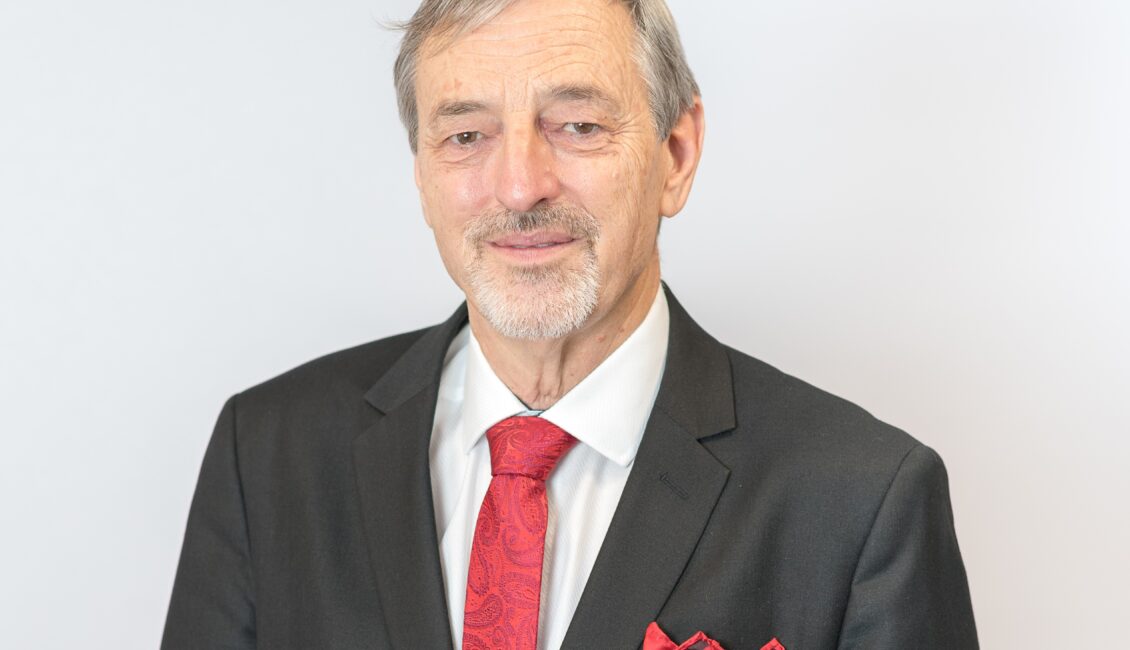
Tony Donné is since June 2014 Programme Manager (CEO) of EUROfusion; a consortium of 31 national research institutes and about 162 universities in 29 European countries. From 2009 – 2014 he coordinated the Dutch research activities in the field of fusion research. He was founding director of the Dutch-Russian Centre of Excellence for Fusion Physics and Technology and he was Programme Director of the ITER-NL consortium. Almost his complete scientific career he has worked in the field of plasma diagnostics at a great range of fusion devices. He was closely involved in the design and developments of diagnostics for ITER. He is member of many international committees and he has published about 200 papers in peer-reviewed journals.
Title of presentation: Why don’t we have fusion yet – and what is EUROfusion doing to get there?
‘Nuclear Fusion: an eternal promise’ or ‘Nuclear Fusion, always 30 years away’ are texts one can read regularly in newspapers and journals. For the layman it is difficult put a finger behind the progress in the field of fusion research. This is especially because, after many years of research, still not even a milliwatt of electricity has been delivered to the grid. But are the abovementioned slogans correct?
Since the start of fusion research many different challenges had to be overcome. For example: how can a plasma (i.e. an ionized gas) be confined at temperatures that are 10 times higher than in the centre of the sun and how can we isolate this hot plasma from the walls of the reactor vessel, such that they will not melt. Many of the original challenges have been overcome in the global fusion research. But still much research needs to be done to tackle the remaining challenges. To prioritize the research in Europe, a Fusion Roadmap was developed with the international fusion reactor ITER, the demonstration reactor (DEMO) and the International Fusion Materials Irradiation Facility (IFMIF) as main research facilities. The Fusion Roadmap gives a reasonable indication how much more time is needed to get electricity from fusion.
The presentation will first shortly focus on the principle of nuclear fusion and magnetic confinement and the status of the field. An overview of the remaining challenges will be presented, along with a strategy to find adequate solutions:
- Plasma regimes of operation: Demonstrate plasma that increase the success margin of ITER and satisfy the requirements of DEMO.
- Heat-exhaust systems: Demonstrate an integrated approach that can handle the large power leaving ITER and DEMO plasmas.
- Neutron tolerant materials: Develop materials that withstand the large 14MeV neutron flux for long periods while retaining adequate physical properties.
- Tritium self-sufficiency: Find an effective technological solution for the breeding blanket, which also drives the generators.
- Implementation of the intrinsic safety features of fusion: Ensure safety is integral to the design of DEMO using the experience gained with ITER.
- Integrated DEMO design and system development: Bring together the plasma and all the systems coherently, resolving issues by targeted R&D activities
- Competitive cost of electricity: Ensure the economic potential of fusion by minimising the DEMO capital and lifetime costs and developing long-term technologies to further reduce power plant costs.
- Stellarator: Bring the stellarator line to maturity to determine the feasibility of a stellarator power plant.



